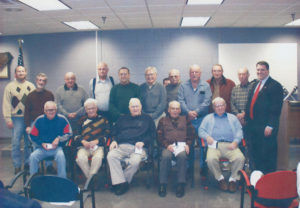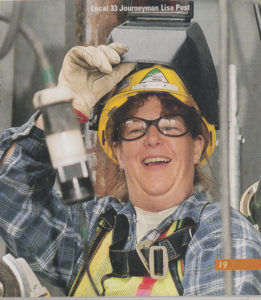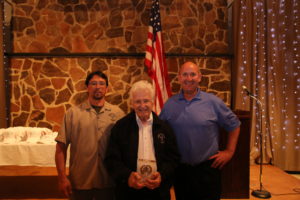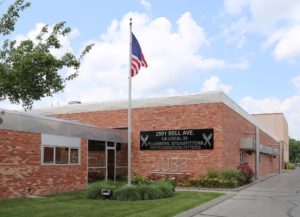Local No. 33 was chartered to serve Des Moines and Central Iowa. The U.A. General President J.A. Lee and General Secretary Treasurer H.D. McGhan both signed the charter.
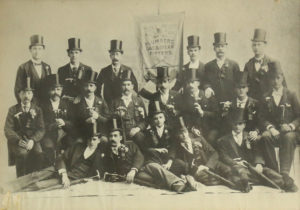
The local fought unfair working conditions of 6-7 day workweeks and 10-12 hour days in the early 1890’s. The local won and gained a 9-hour workday. By April of 1904 the local had secured $3.50 per 8-hour workday for journeymen.
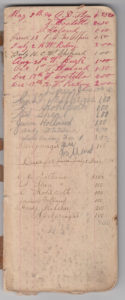
The local created its own contracting firm after demands were ignored. This resulted in the master plumbers coming to a ‘final understanding’, according to The Des Moines Register, by which "the discrimination against union men is not to prevail."
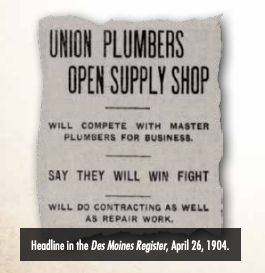
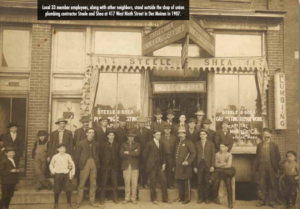
In 1915 Local 33 created the Iowa State Association of Plumbers and Steamfitters focused on passing state legislation to protect and improve the plumbing industry. By 1916 the local had brought wages up to $5.50 per day.
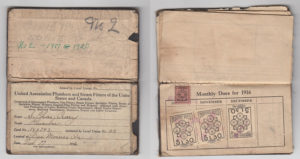
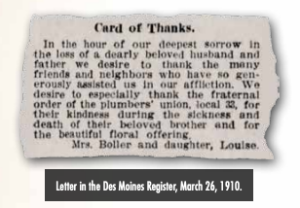
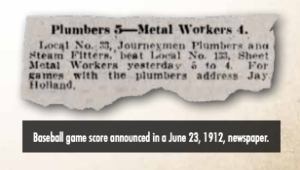
The local had secured a $10 per day contract by 1920 but the next two years were far less kind. The local began to dwindle with the onset of the Great Depression in 1928. President Franklin D. Roosevelt’s New Deal programs began putting members back to work in the early 1930’s after a very rough patch. By the onset of World War II, Local 33 stood at 148 member journeymen and apprentices.
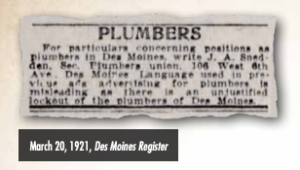

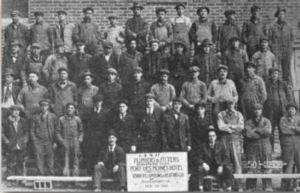
With the entry of the United States into World War II, Local 33 members were very busy being involved with the construction of ordnance plant in Ankeny and in the conversion of old Fort Des Moines into a training base for Women's Army Corps (WAC). After the wars end, the local had negotiated a $2.37 hourly wage. The local membership surpassed 200 before 1950.

By 1952 the local had negotiated a $2.90 per hour wage. Local 33 became the first local in the nation with a multi-employer, defined benefit pension plan in 1954. Projects like Veterans Memorial Auditorium, North High School and the new Iowa Power and Light Company building downtown were just a few of the projects keeping members busy.
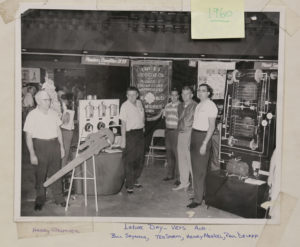
The 1960’s was a generally busy time and Membership topped 500 by the end of the decade. The 60’s also saw a heated dispute between IBEW and Local 33 over certain work being performed. With the dispute resolved, the local went on to secure a $5.70 per hour wage. Local 33 was accused of being "among several that excluded Negroes from their ranks in this area", according to the Register on May 18, 1966. When asked, however, if the local was excluding blacks, Business Agent Wilton M. Seymour stated clearly: "Absolutely not." This was confirmed by the US Labor Department.
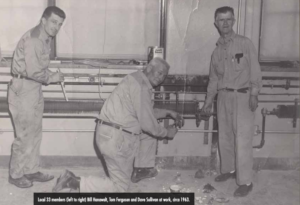
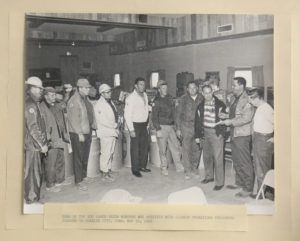
The 70’s saw a slowdown but the local had grown to nearly 700 members. The mid-70’s saw a reprieve with the construction of Ruan Center which was the tallest building in Iowa until the completion of the 801 Grand building in 1991. By 1978, the local had secured a $14.30 per hour wage.
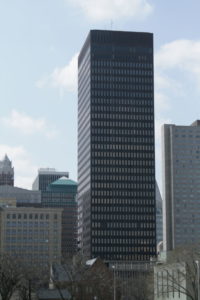
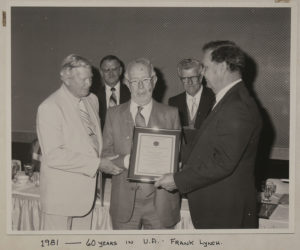
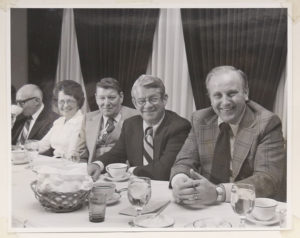

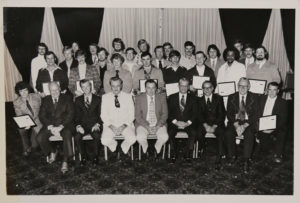
The local established the Market Recovery Target Fund to regain market share. The local also moved into their current hall at 2501 Bell Avenue in Des Moines. The local also became the first local in central Iowa to advertise on TV.
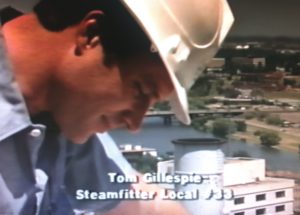


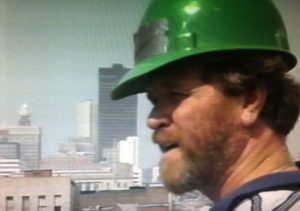



The local noted that work in the area was ‘very good’ - so much so that the local was finding work for UA traveling members. The local became the first in Des Moines to gain paid holidays for its members. The devastating Great Flood of 1993, one of the most costly in US history hit Des Moines hard. Local 33’s Union Hall was also damaged severely and many records were lost.

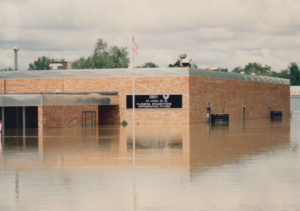

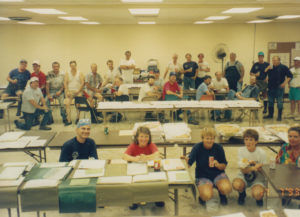
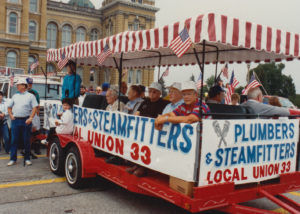
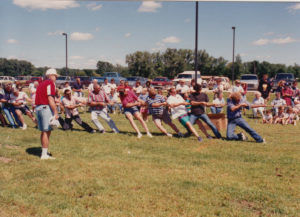
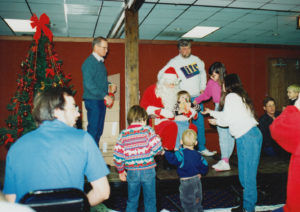
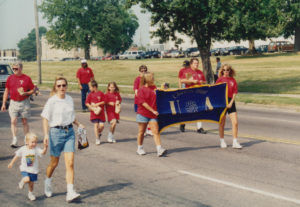
2002 saw the start of the Iowa Events Center project where the unions secured a labor-friendly Project Labor Agreement. This was contested but the Iowa Supreme Court upheld the PLA which became the first ever utilized in the state. The local invested heavily in an apprenticeship recruitment campaign which had promising results.
